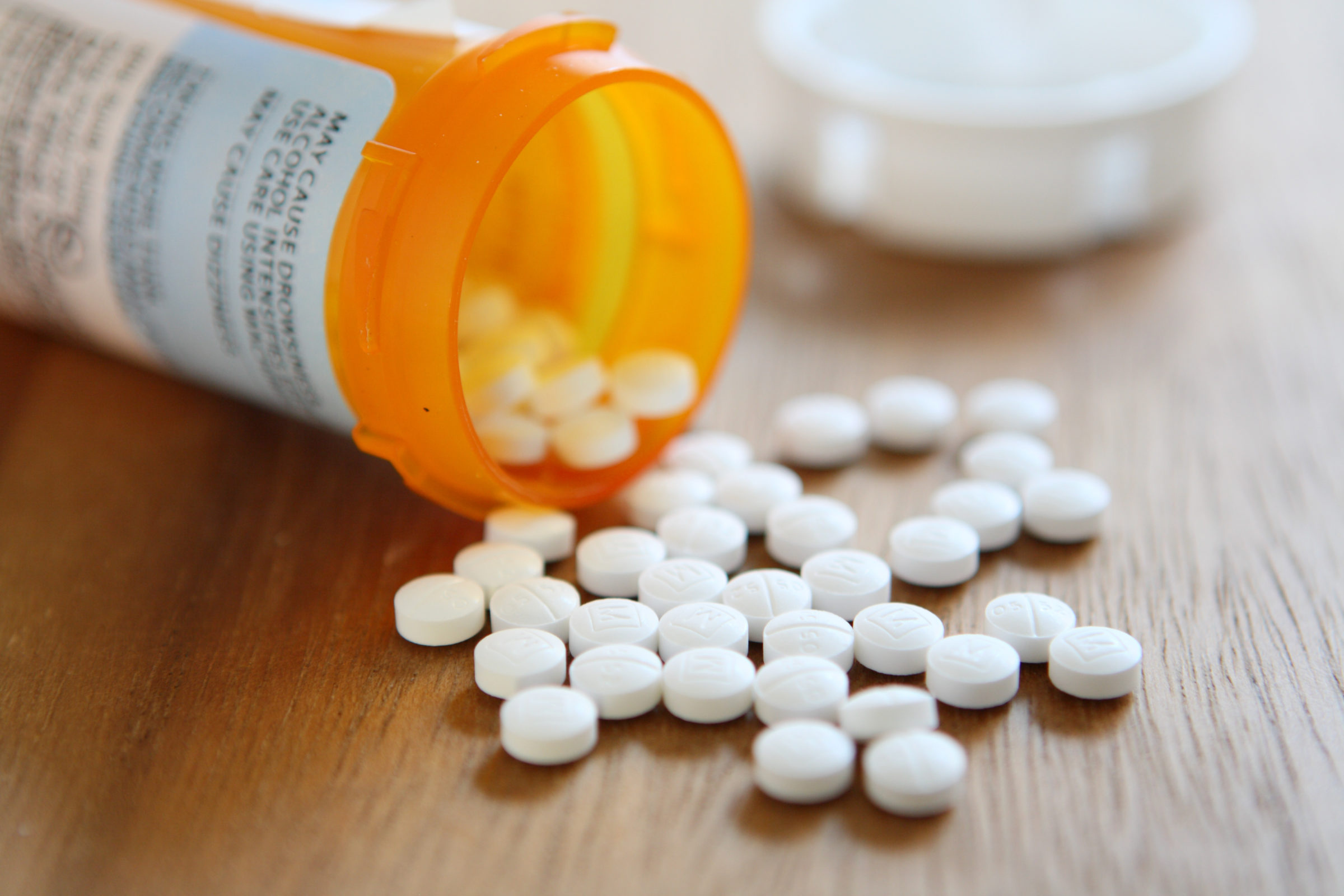Wealth & Poverty Review Prescription Drugs Should Be Almost Free, And Actually, They Already Are
Originally published at ForbesFor a long time, people have been debating drug prices in the United States. This is stupid. Today, about 90% of all prescriptions are for generic drugs. Probably, the percentage should be higher than this (it is 97% in China). Generic prescription drugs should be like Tylenol — almost free. Actually, they already are almost free.
Quick: Name the most important new drugs of the last twenty years. Tough question, right? There haven’t been any new drugs that are so important that regular people know their name. I used to say: “except for Viagra,” which always got a laugh. But actually, Viagra is now off patent, and available generically — at $0.15 a pill, at Kroger’s.
Generics have rapidly accounted for nearly all prescriptions. In 2005, 60% of prescriptions were for generics. In 2019, 90% were. Even for those remaining 10% of patented medicine, generics could be substituted. A March 2021 study found that, among 169 million prescriptions for branded drugs paid for by Medicare, 30% involved prescriptions were generics were available. On top of that, branded drugs were often used to fill “open prescriptions” where generics were available.
We have been told, by the biotech hypesters, about the amazing new drugs that are just over the horizon. The reality is that patented drugs have had a 75% decline in market share in just 15 years, which are Blockbuster Video kinds of numbers. Instead, what has happened is: the same old drugs are now available for amazing new prices.
A 2017 study estimated the costs of production of the World Health Organization’s Model List of Essential Medicines, including hundreds of generic drugs. Most of them cost less than $0.10 per pill.
If you want to see the lowest prices for generic drugs, go to GoodRx.com. Here are the ten most commonly prescribed drugs in 2020, and their lowest retail prices, as of this writing:
1: Atorvastatin (Lipitor): $17.56 for 180 tablets ($0.0978/tablet) at Price Chopper.
2: Lisinopril (Zestril, Prvinil): $14.39 for 180 tablets $0.0799/tablet) at Kroger Pharmacy.
3: Albuterol (Ventolin, Proair, Proventil): Five inhalers for $101 ($20.20/inhaler) at Walgreens.
4: Levothyroxine (Euthyrox, Synthroid, Levo-T, Unithroid, Levoxyl): $18.49 for 180 tablets ($0.1027 per tablet) at Kroger Pharmacy.
5: Amlodipine (Norvasc): $11.44 for 90 tablets ($0.127/tablet) at Stop n Shop.
6: Gabapentin (Neurontin): $15.60 for 270 tablets ($0.0578/tablet) at Stop n Shop.
7: Omeprazole (Prilosec): $18.63 for 180 tablets ($0.1035/tablet) at Wegmans.
8: Metformin (Glucophage): $15.81 for 360 tablets ($0.0439/tablet) at Kroger Pharmacy.
9: Losartan (Cozaar): $19.26 for 180 tablets ($0.1078/tablet) at Kroger Pharmacy.
10: Hydrocodone/acetominophen (Vicodin, Lorcet, Norco, Xodol, Hycet): $27.17 for 180 tablets ($0.1509/tablet) at Price Chopper.
For some reason, people are still debating about Medicare prescription drug benefits. Medicare, or any other state-funded healthcare service, should only prescribe generic drugs. These should be paid for by the patients, because I am sure they can afford the $20 cost. Unfortunately, Medicare can probably figure out a way to spend $5000 on generic drugs with a street value of $12.

